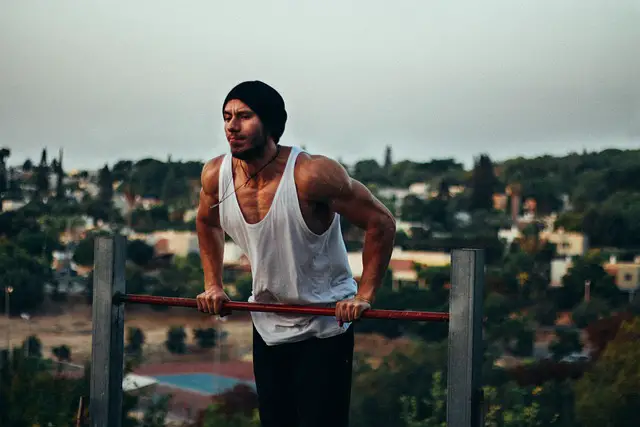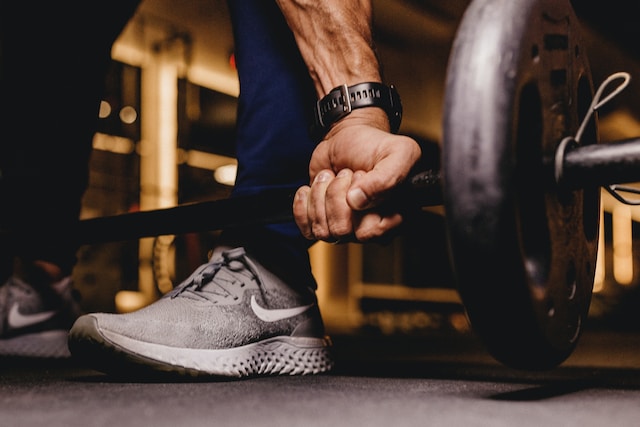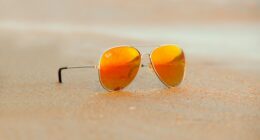Callisthenics is a form of exercise that uses your body weight as resistance, while bodybuilding is a form of exercise that uses weights to build muscle.
Callisthenics
(Image by Matan Ray Vizel from Pixabay)

Calisthenics, also known as bodyweight training, is a form of exercise that involves using your own body weight to perform a variety of movements and exercises to improve strength, flexibility, coordination, and overall fitness. The word “calisthenics” is derived from the Greek words “kalos” and “sthenos,” meaning beauty and strength, respectively.
Calisthenics exercises typically do not require any additional equipment or weights. Instead, they rely on utilizing the resistance provided by one’s body weight and gravity. These exercises can be performed virtually anywhere, making calisthenics a popular choice for individuals who prefer to exercise without access to a gym or specialized equipment.
Some common calisthenics exercises include push-ups, pull-ups, squats, lunges, planks, sit-ups, dips, and various forms of jumping exercises. These exercises can be modified to suit different fitness levels, from beginners to advanced practitioners.
Calisthenics workouts focus on functional movements that engage multiple muscle groups simultaneously, helping to develop overall strength, endurance, and flexibility. They often emphasize body control, stability, and core strength. By incorporating dynamic movements and varying intensity, calisthenics can provide both cardiovascular benefits and muscle development.
One of the appealing aspects of calisthenics is its versatility and adaptability. It allows individuals to progress and challenge themselves by increasing repetitions, adjusting exercise difficulty, or incorporating more advanced variations. Additionally, calisthenics routines can be customized to target specific muscle groups or fitness goals.
Calisthenics has gained popularity in recent years due to its accessibility, effectiveness, and the aesthetic appeal of a lean and muscular physique that it can help develop. It is often practiced by individuals seeking a practical and efficient way to improve their overall fitness without relying on traditional gym equipment.
As with any exercise program, it is advisable to start at a suitable level based on individual fitness and gradually progress to avoid injuries. Proper form, technique, and adequate rest and recovery are important aspects of practicing calisthenics to ensure safety and optimal results.
Bodybuilding
(Photo by Jonathan Borba on Unsplash )

Bodybuilding is a form of exercise and physical training that focuses on developing and sculpting the muscles of the body for aesthetic purposes. It involves a combination of resistance training, weightlifting, and a specific nutrition plan to build muscle mass and achieve a well-defined physique.
Bodybuilders engage in rigorous training routines that typically involve lifting weights and performing targeted exercises to isolate and develop individual muscle groups. They aim to increase muscle size, strength, and definition through progressive overload, which involves gradually increasing the weight and intensity of the exercises over time.
In addition to weightlifting, bodybuilders often incorporate cardiovascular exercise to maintain overall fitness and minimize body fat levels, as well as flexibility training to enhance range of motion and prevent injuries. The training regimen is typically structured and organized into specific muscle group workouts, allowing for adequate rest and recovery between sessions.
Nutrition plays a crucial role in bodybuilding, as it supports muscle growth and development. Bodybuilders follow a carefully planned diet that typically includes high protein intake to support muscle repair and growth, along with controlled amounts of carbohydrates and fats to provide energy and maintain overall body composition.
Competitive bodybuilding involves individuals participating in bodybuilding competitions where they are judged on their muscular development, symmetry, and overall aesthetic appearance. These competitions involve posing routines to showcase the physique and are usually divided into different weight classes or categories.
It’s important to note that bodybuilding is a specialized discipline that requires dedication, consistency, and a long-term commitment. It may not be suitable or desirable for everyone, as goals and preferences for physical fitness vary among individuals. However, the principles of bodybuilding, such as resistance training and proper nutrition, can be adapted and incorporated into various fitness programs to promote strength, muscle development, and overall health.
Callisthenics Vs Bodybuilding – Key differences
Callisthenics and bodybuilding are two distinct approaches to exercise and fitness, with notable differences in their goals, training methods, and outcomes. Here are some key differences between the two:
Goals:
Callisthenics: The primary goal of callisthenics is to improve overall strength, flexibility, and body control. It focuses on functional movements and developing a well-rounded fitness level.
Bodybuilding: The primary goal of bodybuilding is to develop and sculpt the muscles for aesthetic purposes. It emphasizes muscle size, symmetry, and definition, aiming for a visually impressive physique.
Training Methods:
- Callisthenics: Callisthenics primarily relies on bodyweight exercises, utilizing the resistance provided by one’s own body. It involves movements such as push-ups, pull-ups, squats, and planks. Minimal equipment is required.
- Bodybuilding: Bodybuilding involves resistance training using weights and machines, targeting specific muscle groups through exercises such as bench presses, bicep curls, and leg presses. It often requires access to a gym and specialized equipment.
Muscle Development:
- Callisthenics: Callisthenics promotes overall muscle development and functional strength by engaging multiple muscle groups simultaneously. It focuses on bodyweight exercises that improve muscle endurance and coordination.
- Bodybuilding: Bodybuilding aims to maximize muscle hypertrophy (increase in muscle size) and muscular symmetry. It involves training specific muscle groups intensely to stimulate muscle growth and achieve a desired aesthetic appearance.
Training Intensity:
- Callisthenics: Callisthenics workouts often involve high repetitions and various levels of difficulty to challenge the body’s endurance and coordination. The focus is on maintaining proper form and technique throughout the exercises.
- Bodybuilding: Bodybuilding workouts typically involve lower repetitions with heavier weights, aiming to create muscle tension and stimulate muscle growth. It often includes techniques such as drop sets, supersets, and pyramid training to maximize intensity.
Nutrition:
- Callisthenics: While nutrition is important in callisthenics, the emphasis is usually on maintaining a balanced diet that supports overall fitness and energy levels.
- Bodybuilding: Bodybuilding places significant emphasis on nutrition to support muscle growth and recovery. Bodybuilders follow specific diets with high protein intake, controlled carbohydrate and fat intake, and often monitor macronutrient ratios closely.
Competition:
- Callisthenics: While there are callisthenics competitions, they are less common compared to bodybuilding competitions. Callisthenics competitions often focus on demonstrating skill, strength, and creativity in performing various bodyweight exercises.
- Bodybuilding: Bodybuilding competitions are prevalent, with participants judged on their muscular development, symmetry, and overall aesthetic presentation. Competitors go through specific training and preparation to showcase their physique on stage.
It’s important to note that these differences reflect the general characteristics of callisthenics and bodybuilding, but individual approaches may vary. Both forms of exercise can provide benefits and can be incorporated into personal fitness routines based on individual goals and preferences.
Is callisthenics stronger than bodybuilding?
There are many benefits to callisthenics that bodybuilding does not offer, such as increased flexibility and improved cardiovascular health. However, when it comes to pure strength, bodybuilding has the edge.
This is because bodybuilding focuses on developing individual muscle groups through resistance training, while callisthenics works the entire body at once. As a result, bodybuilders can develop much greater muscle mass and strength than those who perform callisthenics.
If your goal is to become as strong as possible, then bodybuilding is the way to go. However, if you’re looking for a well-rounded fitness regime that will improve your overall health and fitness levels, then callisthenics is the better option.
Can you build muscle only with callisthenics?
Yes, you can definitely build muscle with callisthenics! Many people find that they can build more muscle with callisthenics than with weightlifting because callisthenics exercises are usually more compound exercises (working multiple muscle groups at once) than weightlifting exercises. Plus, with callisthenics, you can easily add resistance to your workouts by using your body weight or adding additional weight, which allows you to keep challenging your muscles and continue to see results. So if you’re looking to build muscle, don’t discount callisthenics – it’s a great way to do it!
Can callisthenics get you big?
The answer is yes – callisthenics can help you bulk up and build bigger muscles! However, it’s important to keep in mind that callisthenics alone won’t necessarily give you the same results as bodybuilding.
That being said, callisthenics can still be an extremely effective way to build muscle mass – it just might take a bit longer than bodybuilding alone. If you’re patient and consistent with your workouts, you’ll definitely see results!
Photo by Karsten Winegeart on Unsplash








